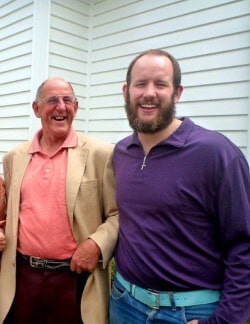New Zealand’s Olympic weightlifter Laurel Hubbard was in the news daily this past week. She made history by becoming the first openly transgender athlete to compete in an individual event at the 2021 Tokyo Summer Olympics.
Ms. Hubbard’s participation in the +87 kg class competition caused much controversy. This will now subside after her failure to progress and win any medal.
Testosterone Rules in the Tokyo Olympics
On a related note, there is yet another controversy in regards to two Nambian female sprinters with male-like levels of testosterone. These runners (Beatrice Masilingi and Silver medalist Christine Mboma) have high testosterone levels and are classified as intersex.
The official term to describe such athletes (who have XY sex chromosomes) is Differences of Sexual Development (DSD). The most famous such Olympian is South Africa’s Caster Semenya.
Laurel Hubbard’s Transition at Age 35

I have covered scalp hair growth in Male-To-Female (MTF) transgender persons in detail on this blog. Laurel Hubbard is especially interesting because she transitioned at the late age of 35 (she is currently age 43). It is hard to regrow scalp hair if you transition to female at a later age after years of balding.
Per wikipedia, Ms. Hubbard’s height is a robust 6 feet and 1 inches. In the image on the right (from Daily Mail), Ms. Hubbard clearly has a thinning hairline prior to her transition. And her father, Auckland Mayor Richard “Dick” Hubbard, has major hair loss.
Note: One transgender commentator said that the acronym “MTF” is nowadays obsolete since the female was always female in the brain (but just male in the body). For the purposes of this blog, however, I need to use the acronym so as to emphasize the hormonal changes involved in going from biological male to biological female. With subsequent hair regrowth in those who are lucky.
Laurel Hubbard’s Hair Regrowth
In recent images and videos of Laurel Hubbard, it is clear that she has regrown a decent amount of hair in the frontal scalp region. More impressively, her hair at the back and sides of the scalp is thick and long, typical of many females.
In most men, even the so-called “permanent hair” in the rear donor zone rarely grows too long. Even worse, in many men, this area thins to the point of no hair (i.e., Norwood 7). Moreover, in most men with early onset androgenetic alopecia, the hair above the ears becomes thin, wispy and a nuisance.
It is therefore encouraging to see the improvement in Ms. Hubbard’s scalp hair despite a late transition. Is is very hard to regrow hair in fully bald areas. Make sure to also see my post on famous transgender Bruce (now Caitlyn) Jenner and her hair growth.
